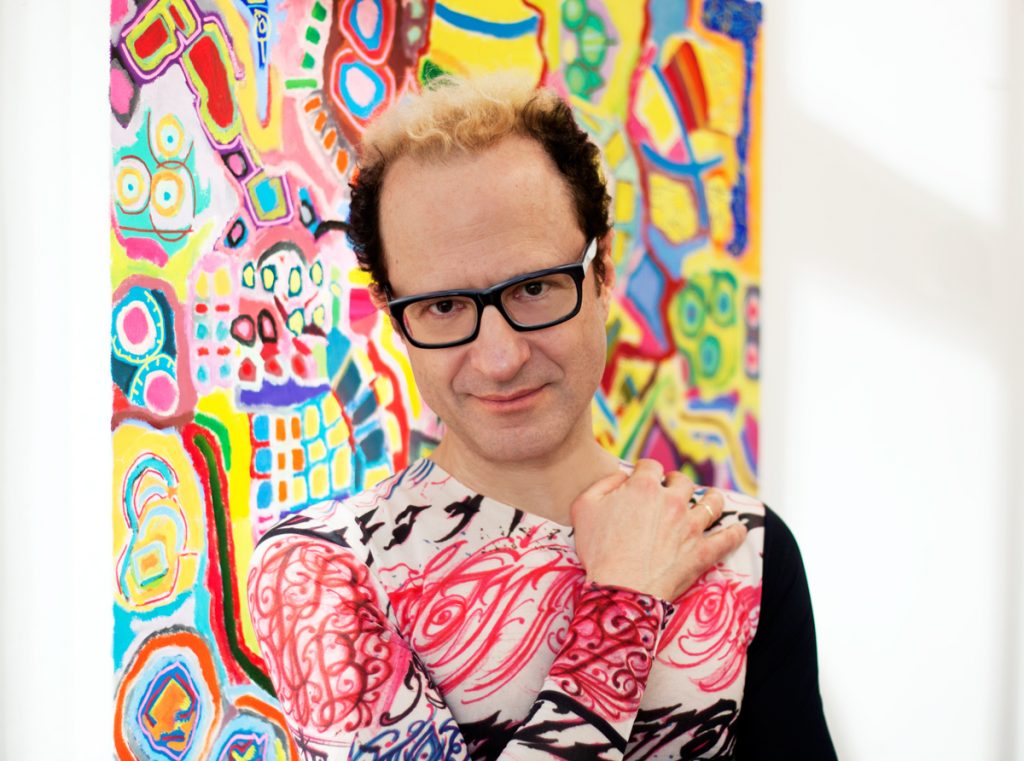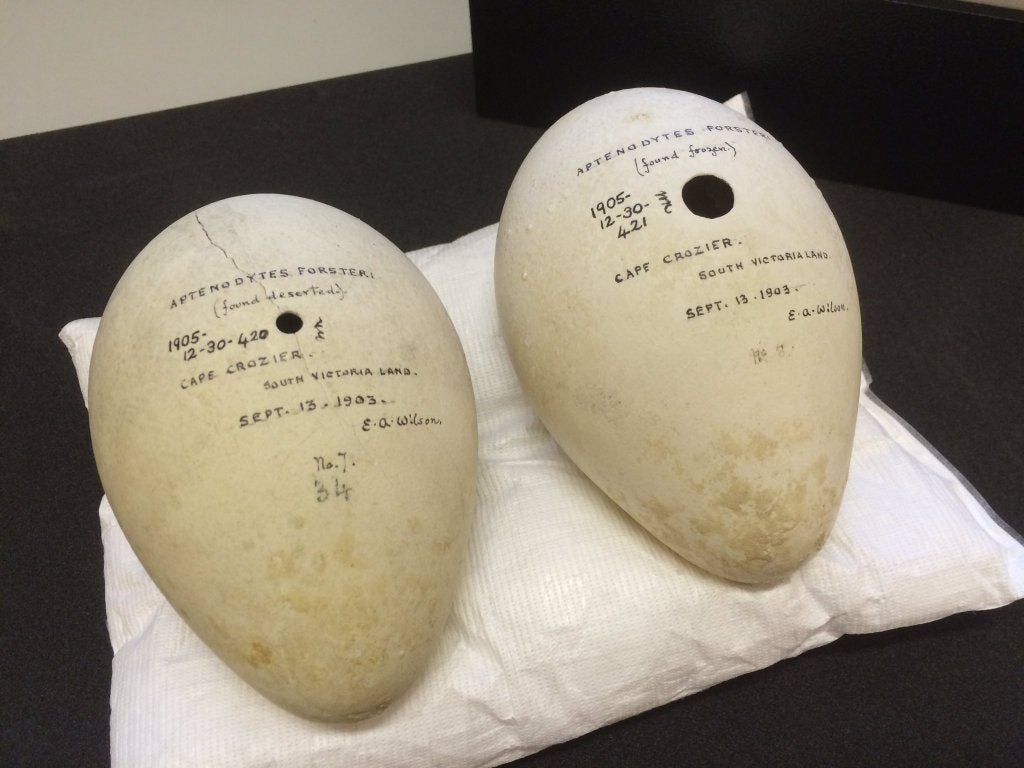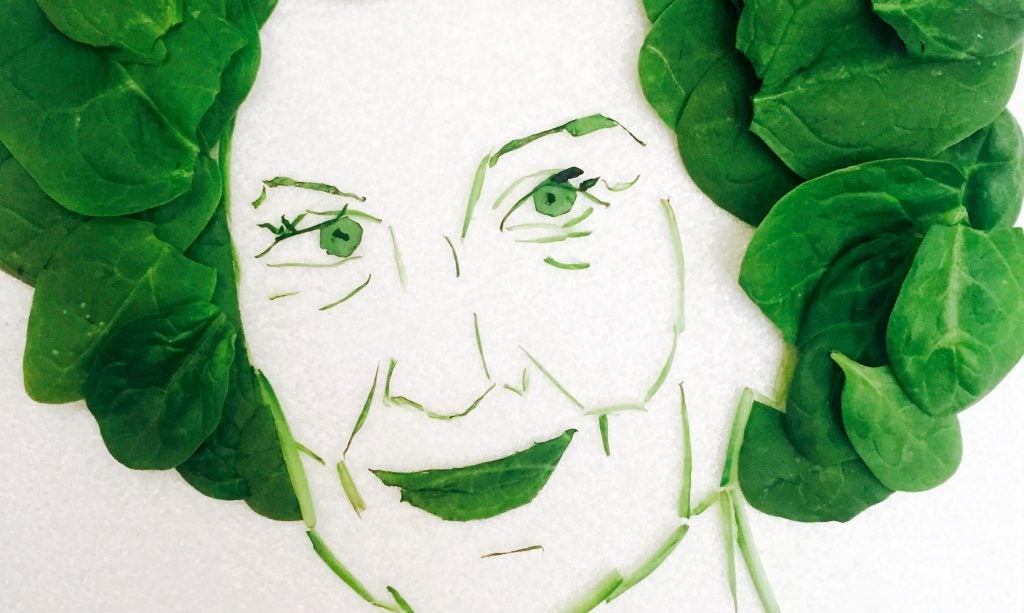Excerpts and curios from around the web:
“STELLLLLAAAAA!” Fans of shouting and/or Tennessee Williams will have the chance to do their best Stanley Kowalski at the upcoming 30th Anniversary Tennessee Williams Festival in New Orleans, a five-day celebration featuring readings, panels, writing events, and theatre. Channeling the famous scene from A Streetcar Named Desire, contestants in the event, “usually attired in Stanley Kowalski-style sleeveless undershirts, will compete to shout the most plaintive and convincing appeal to the judges on the balcony of the Pontalba Apartments on Jackson Square.”
“I am one of your garbage people,” said Charles Manson in 1970, somewhat ahead of the now popular trend of referencing humans as living refuse. The term has come a long way since then. In “The Linguistic Appeal of ‘Garbage Person,’ the Internet’s Favorite Insult,” Cara Giamio at Atlas Obscura traces the slur from the sixteenth century satirist Thomas Nashe all the way up to the Internet Age and Broad City: “‘Garbage person,’ like ‘bloodsucker’ or ‘Neanderthal,’ is the type of descriptor that pretty much defines itself. In the interest of clarity, though, the term as used here does not refer to a sanitation worker, or a person made from actual detritus. It is, instead, someone terrible beyond belief, but in an everyday sort of way.”
The National Rifle Association is re-imagining your favorite fairy tales, and all the kiddies get a gun. So far, two children’s classics have received an update, “Little Red Riding Hood (Has a Gun)” and “Hansel and Gretel (Have Guns).” An editor’s note prefaces the series: “Most of us probably grew up having fairy tales read to us as we drifted off to sleep. But how many times have you thought back and realized just how, well, grim some of them are? Did any of them ever make your rest a little bit uneasy?” Camila Domonoske at NPR wonders if other advocacy and lobbying groups will jump on the bandwagon: “Will the pharmaceutical industry take the bite out of Snow White’s poisoned apple? Will PETA soothe the angst of the Boy Who Cried Wolf when the townspeople realize the joys of an animal-free life and set loose their sheep? Will agribusiness harness Jack’s beanstalk?”
 While composing his three-volume biography of Franz Kafka, Reiner Stach unearthed a host of artifacts along the way, ninety-nine of which are now submitted for your consideration in Is That Kafka? 99 Finds. Writes Avi Steinberg for the New Yorker: “The result is a box of fancy Austro-Hungarian chocolates: the floor-plan to the Kafka family apartment (the setting for ‘The Metamorphosis’); facsimiles of Freudian slips in Kafka’s handwritten manuscripts; a diagram of his workout regimen; his sincere proposal for a utopian commune; an advertisement for his first book that includes such catchy marketing pitches as ‘until now, his compulsive tendency to continually revise his literary works has prevented him from publishing any books.'” The collection seeks to dispel the myth of the artist-as-neurotic through tokens and banalities that rise to the occasion as entertainment, though as Steinberg points out: “Situating Kafka in history can have the unfortunate quality of explaining a joke: even if it doesn’t spoil the effect, it still seems mostly beside the point. As thrilling, and sometimes enlightening, as it might be for Kafka readers to meet the ‘real’ Kafka, handsome suits and all, they will probably continue to hold the belief that the truest Kafka was the mind who shut the door on the wide world and recorded the thoughts of an inquisitive dog.”
While composing his three-volume biography of Franz Kafka, Reiner Stach unearthed a host of artifacts along the way, ninety-nine of which are now submitted for your consideration in Is That Kafka? 99 Finds. Writes Avi Steinberg for the New Yorker: “The result is a box of fancy Austro-Hungarian chocolates: the floor-plan to the Kafka family apartment (the setting for ‘The Metamorphosis’); facsimiles of Freudian slips in Kafka’s handwritten manuscripts; a diagram of his workout regimen; his sincere proposal for a utopian commune; an advertisement for his first book that includes such catchy marketing pitches as ‘until now, his compulsive tendency to continually revise his literary works has prevented him from publishing any books.'” The collection seeks to dispel the myth of the artist-as-neurotic through tokens and banalities that rise to the occasion as entertainment, though as Steinberg points out: “Situating Kafka in history can have the unfortunate quality of explaining a joke: even if it doesn’t spoil the effect, it still seems mostly beside the point. As thrilling, and sometimes enlightening, as it might be for Kafka readers to meet the ‘real’ Kafka, handsome suits and all, they will probably continue to hold the belief that the truest Kafka was the mind who shut the door on the wide world and recorded the thoughts of an inquisitive dog.”
In related news: “The greatest myth about authoritarian society is that most people are active resisters of oppression,” writes Benjamin Cunningham in a new review of the recently translated story collection by Bohumil Hrabal, Mr. Kafka: And Other Tales from the Time of the Cult. Hrabal, a Czechoslovakian writer of the Stalinist period, achieved considerable acclaim in Eastern Europe during his lifetime, yet most of his works have yet to be translated into English. Hrabal “neither emigrated nor overtly took up the dissident’s baton, and thus lost out on the international fame enjoyed by contemporaries like Kundera or Havel.” As a result, Cunningham argues, Hrabal’s legacy as an artist—at least to Westerners more comfortable with traditional narratives of dissidence and exile—is complicated. Hrabal “did not rebel against his surroundings. His writing does not attempt to make sense of it, but rather observe in a manner that alternates whimsy and melancholia.”  Hrabal died in 1997, less than ten years after the Velvet Revolution transitioned the country from communist to democratic rule. “When communism collapsed in 1989, the cloud that had followed Hrabal for decades lifted. He was no longer restricted in what he could say, do, or write. His fame grew, but like an inmate after a long prison sentence, he struggled with unchecked sovereignty. He drank more, and wrote less. By the time Hrabal stopped writing in 1994 at age 80, he was a sort of caricatured cult figure in Prague, sharing beer with Bill Clinton when the US president paid a visit to town. In 1997, Hrabal died under mysterious circumstances, either falling or jumping from the fifth floor of Prague’s Bulovka hospital.” It was a death foretold in particularity in several of his works.
Hrabal died in 1997, less than ten years after the Velvet Revolution transitioned the country from communist to democratic rule. “When communism collapsed in 1989, the cloud that had followed Hrabal for decades lifted. He was no longer restricted in what he could say, do, or write. His fame grew, but like an inmate after a long prison sentence, he struggled with unchecked sovereignty. He drank more, and wrote less. By the time Hrabal stopped writing in 1994 at age 80, he was a sort of caricatured cult figure in Prague, sharing beer with Bill Clinton when the US president paid a visit to town. In 1997, Hrabal died under mysterious circumstances, either falling or jumping from the fifth floor of Prague’s Bulovka hospital.” It was a death foretold in particularity in several of his works.
Lead image: Dewey Caddell of New York competes in the 2013 Stella and Stanley shouting contest.








I really appreciate your content. The article has really peaked my interest.
I am going to bookmark your site and keep checking for new information. Thanks for sharing it.